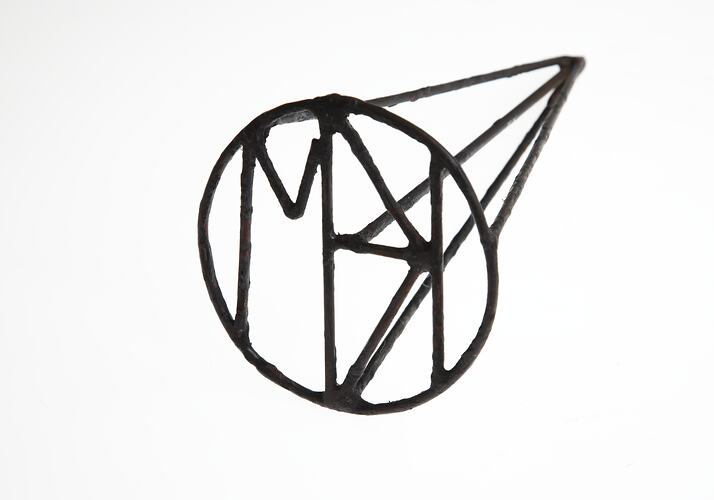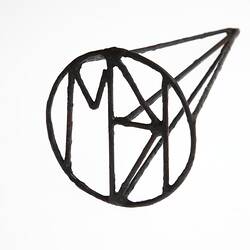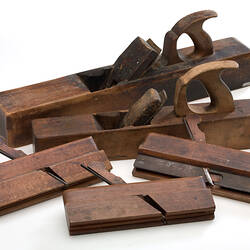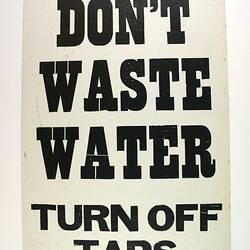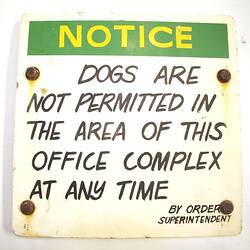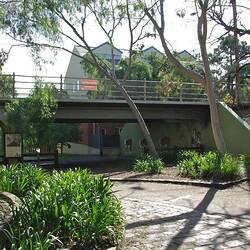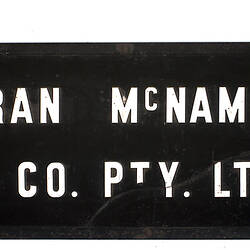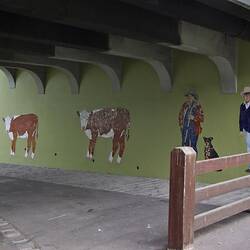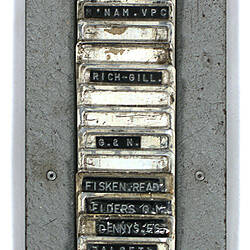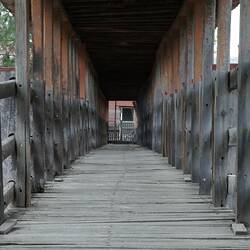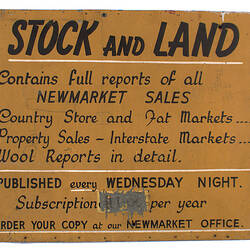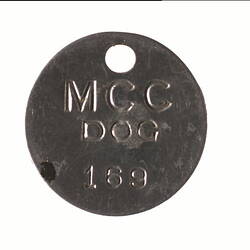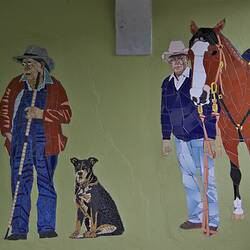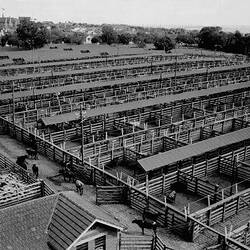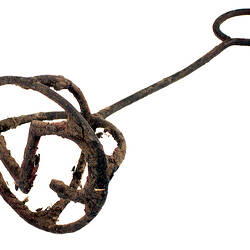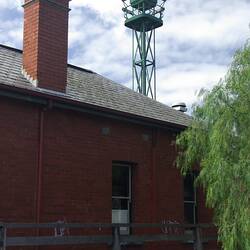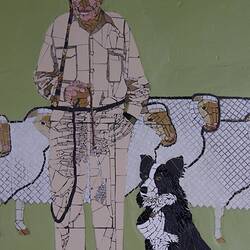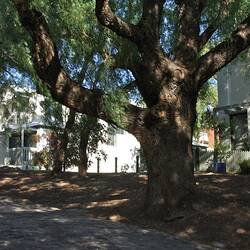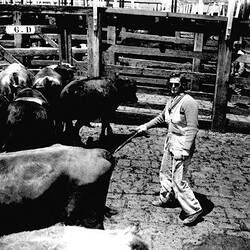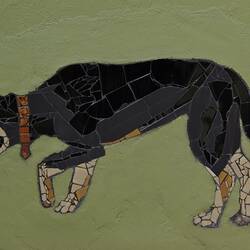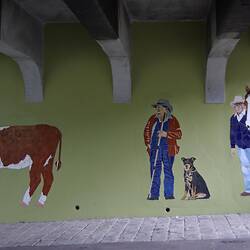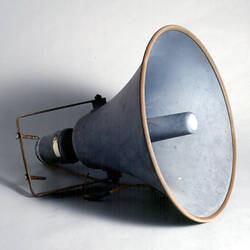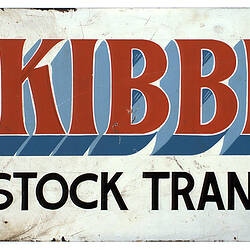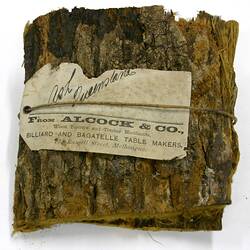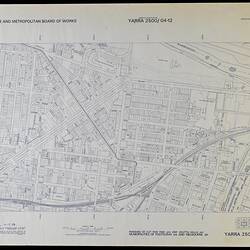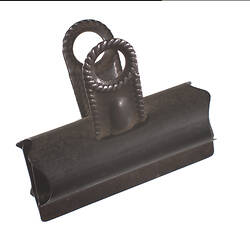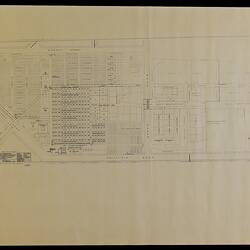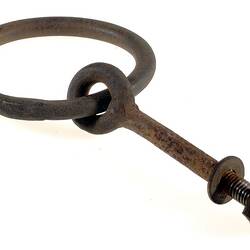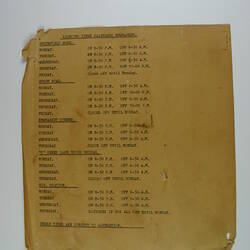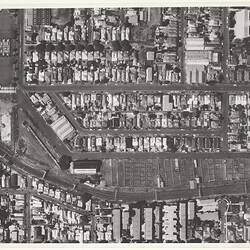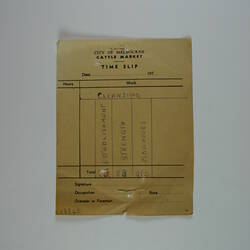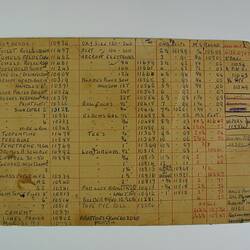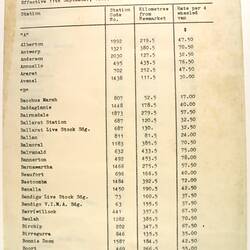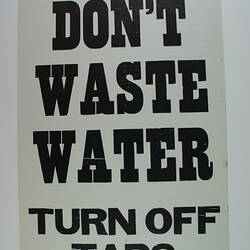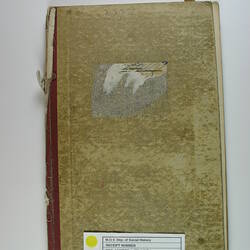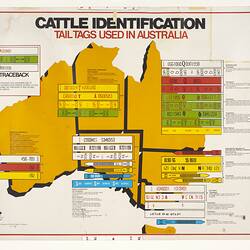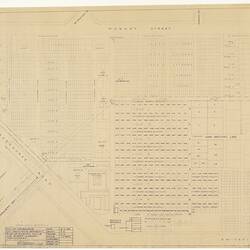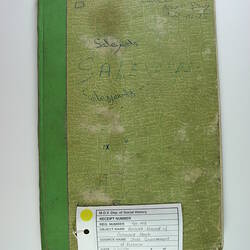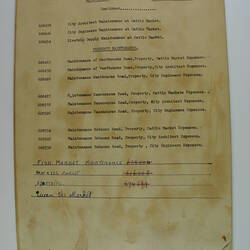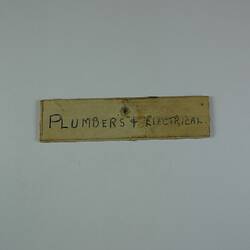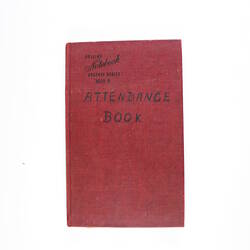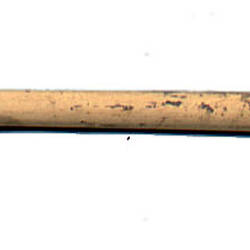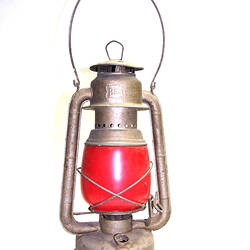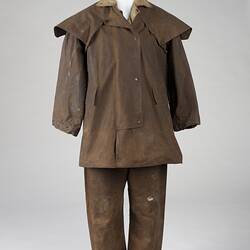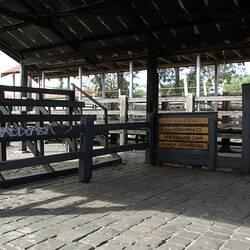The Newmarket Saleyards were first established in 1861, on what was then the fringe of Melbourne. The Newmarket Saleyards introduced to Melbourne an organised system of livestock auctioning for cattle, sheep, pigs and horses. The livestock market developed into a livestock industry and rapidly flourished, as did the need for drovers, stock and station agents, import and export agents, commission agents, bloodstock agents, cattle salesmen, cattle dealers, auctioneers, wool-brokers and cattle brokers.
By the 1930s, the Newmarket Saleyards had developed into the premier livestock market in Australia and were recognised as a barometer for the livestock industry in Australia, with millions of sheep, cattle, horses and other livestock passing through its red gum gates and along its bluestone laneways each year. Spread over 24 acres, Newmarket incorporated 1196 sheep pens, 232 bullock pens, 300 calf pens, drafting races, holding yards, lane outlets, transport loading and unloading ramps, and a scale weighing area.
When in operation, the Saleyards resounded to the distinctive clatter of hooves on bluestone cobbles; the bellowing of cattle; the bleating of sheep; the chatter of raised voices; auctoineers' criers; drovers' calls and whistles. Every sale day brought the auctioneers' calls for bids and responding buyers' shouts. The slam of timber gates resonated throughout the yards; while the yapping and barking of drovers' dogs intermingled with the cracking of stockwhips. Drovers herded stock to, from and around the Newmarket site, and at various times along the local streets. Millions of head of stock passed from railway sidings through drafting, receiving, penning and selling yards; from the saleyards to the adjoining abattoirs; or were loaded onto trucks to be transported around the country.
For more than 125 years the Saleyards was a thriving metropolis and the distinctive culture of Newmarket fostered a unique life integrated within the local community. The Newmarket Saleyards survived as a hub where city and country merged, a rural environment within a bustling city, a unique 'town within a town'. The Newmarket Saleyards finally closed on 1 April 1987. Since the closure, each year past workers come together at a Newmarket Reunion and swap stories of their days in the saddle or in the stock yards. The year 2011 marks the 150th anniversary of the opening of the Newmarket Saleyards.
Following the Newmarket Saleyard's closure in 1987, Museum Victoria was commissioned by the Office of Major Projects to perform a heritage study of the Newmarket site. As a result of this study a salvage process was carried out and Museum Victoria acquired approximately 125 items from the vacated site comprising branding irons, dog muzzles, signs, tools, plans, administrative documents and miscellaneous items. The range of storylines embedded within Museum Victoria's Newmarket Collection reveals relationships to the pastoral history of Australia and to Victoria's transition from a rural to an urban economy, and are inextricably linked to Victoria's strong community heritage. From a drover's life to the history of the livestock industry in Victoria; from a contentious political past to the largest live sheep and lamb auction market in the world; from pub-culture in Victoria's heady gold-rush days to a contemporary art installation; the Newmarket Collection cultivates an awareness of the changing identity of urban communities while preserving the identity of the past. The Newmarket Collection reveals a global resonance within world populations as urban geographies continue to outnumber and outgrow rural areas; and as the link between country life and city life becomes more fractured.
More Information
-
Keywords
Cultures and histories : Melbourne and Victoria, agricultural industry, city & town life, country life
-
Authors
-
Article types
